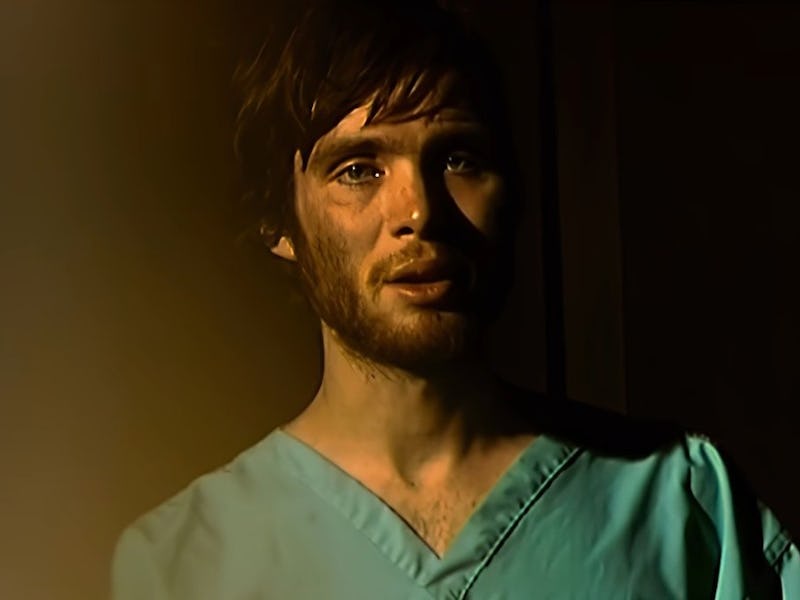28 Years Later is Returning the Iconic Zombie Franchise to its Roots
Kids these days and their phones...

Director Danny Boyle and writer Alex Garland revitalized the zombie horror with 28 Days Later, which made over 10 times its modest budget and kickstarted Cillian Murphy’s career. It sparked a sequel, 2007’s 28 Weeks Later, but other than a few comic book additions, that appeared to be the end of the scrappy British franchise.
In January, however, Boyle, Garland, and Murphy announced a third installment, 28 Years Later. Now in post-production, it will see Murphy reprise his role alongside Aaron Taylor-Johnson, Jodie Comer, and Ralph Fiennes. There’s no doubt 28 Years Later is going to be bigger than its predecessors, but its production is copying one surprisingly lo-fi technique from the original film.
The stark look of 28 Days Later was achieved with a camcorder.
According to Wired, 28 Years Later wasn’t shot using the high-tech cameras that dominate Hollywood. Instead, it was filmed with a bunch of iPhone 15 Pro Maxes. That doesn’t mean the camera operators were just holding phones up to the action, though; they had all sorts of attachments and lenses stuck to them. In fact, if you look at set photos, you’d never know the cameras could also be used to watch TikToks. Still, it’s an intriguing stylistic choice.
28 Years Later would easily be the biggest movie filmed on iPhones, but it’s not a surprising move for the series. 28 Days Later was mostly filmed on a Canon XL-1, a turn-of-the-millennium “prosumer” camcorder.
Filming a movie with an iPhone isn’t unprecedented — Sean Baker’s Tangerine used one in 2015.
Using a consumer-grade camera, even a powerful one, was a risky choice in 2001, but now everyone carries something far more powerful in their pockets, and the iPhone has become a viable option for filmmaking. Sean Baker’s Tangerine was famously shot on an iPhone 5s, and Steven Soderbergh’s Unsane and High Flying Bird mostly use iPhones as well.
While Boyle is reviving this technique for 28 Years Later, we may not see it in the series again. 28 Years Later is just the first in a new trilogy, with 28 Years Later Part II: The Bone Temple up next. That film will be directed by Nia DaCosta, who could either use traditional cameras or make this nontraditional choice a franchise standard.
28 Days Later gained notoriety for its grainy visuals and lo-fi feel. In 2024, the equivalent of that would be the comparatively high-quality iPhone footage consumers can capture whenever they want. As a result, the movie will look quite different from its predecessor, but hopefully the sense that someone on the street could have shot every scene remains.